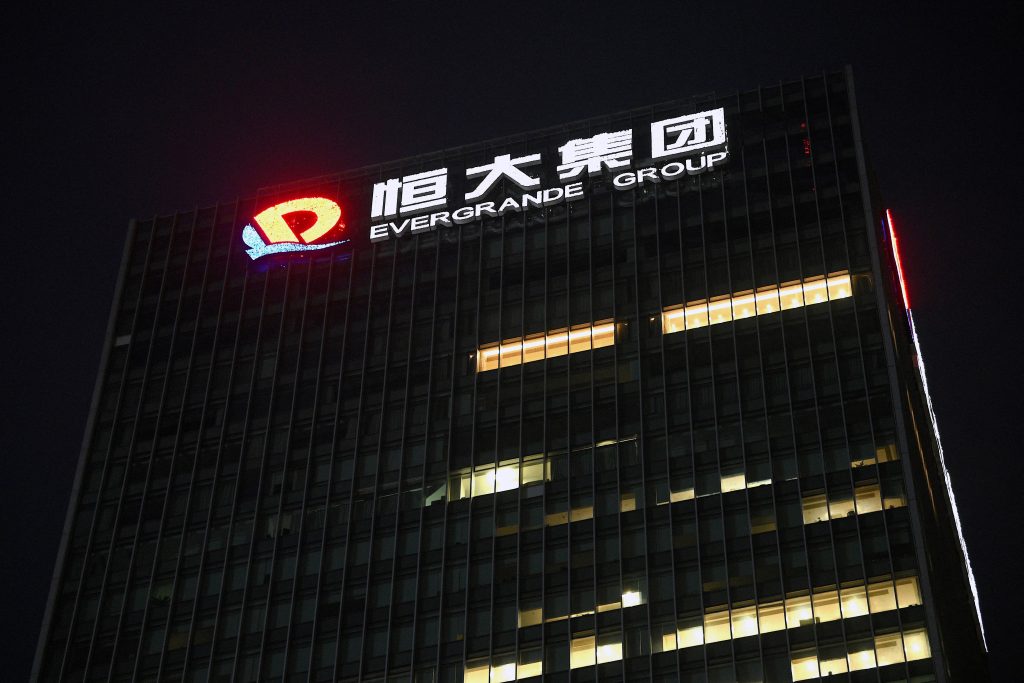- Chinese property firm Evergrande is struggling to repay debts of $300 billion.
- It shocked global markets last week, although stocks have subsequently stabilized.
- Goldman Sachs analysts flag 4 metrics to determine the state of the Chinese property sector.
Evergrande hit headlines last week as it emerged China’s second-largest property developer had total liabilities of $300 billion and was teetering on the verge of a series of defaults.
Western investors felt the effects in a day, with the S&P 500 down 2.4% and the Dow Jones tumbling by over 800 points. Bitcoin and ether both collapsed by over 5%.
Evergrande defaulting could hit foreign investors such as BlackRock and Allianz, and even crash the entire Chinese property market. Some bearish market insiders have called the debt crisis a potential ‘Lehman Brothers moment’, although most analysts have played down those concerns.
Goldman Sachs have launched a new tracker that uses four key barometers to gauge market developments and sentiment in the Chinese property market, which the bank estimated was worth $52 trillion in 2020.
“The Chinese property market has been one of the focuses for global investors recently,” Yi Wang, an executive director and senior counsel for the bank, said. “[We will] try to capture the nuance of movements that could potentially become an inflection point during a very challenging industry deleveraging progress.”
Insider breaks down Goldman Sachs's four metrics to help investors judge the overall state of Evergrande and the wider market.
Four barometers
Goldman Sachs tracks land investment sentiment, which measures investors' overall attitude towards the sector. It is calculated by combining the land transaction price premium ratio and the land auction failure ratio.
"Sluggish investment often attracts policymakers' attention and can lead to policy loosening," Wang said. "The ratios are two key indicators that have triggered government policy shifts in the past."
The bank noted the land premium ratio hit an all-time low, whereas the auction failure rate rose to an all-time high. As land sales account for between half and 60% of tax revenue for most Chinese cities, this suggests the Chinese government may have to intervene to inject liquidity into the market.
Refinancing trends can also serve as a barometer for the overall health of the property market. The bank used the latest discount rates of commercial bills and the offshore yields of selected China property bonds to gauge this metric.
"Commercial bills' discount rates have increased by a range of high single-digits to teen-levels for our covered developers since the end of the first quarter," Wang said. "[This was] mainly led by a rapid rate surge of some highly levered names amid growing worries from investors on their cash flow pressures."
"Yields of many China property names have spiked and recorded new highs," she added. "We attribute the price falls to negative Evergrande newsflows and concerns around other highly levered developers."
Again, this suggests an overall lack of liquidity in the property market, which may encourage the Chinese government to intervene.
Lastly, the bank measured two housing market trends: the sell-through rate for new properties and the Centraline Salesman Index (CSI). The former assesses liquidity by considering the disparity between houses built and houses sold, while the latter measures brokers' confidence about future sales.
"Several high-tier cities reported sell-through declines," Wang said, pointing to Wuhan, Wuxi, and Xi'an. "CSI for the five major cities was down 13.9 points year-on-year, and we find CSI approaching historical lows."
Data therefore indicates that fewer properties are selling and salesmen are becoming more bearish. This could point to long-term stagnation in the Chinese real estate sector.
